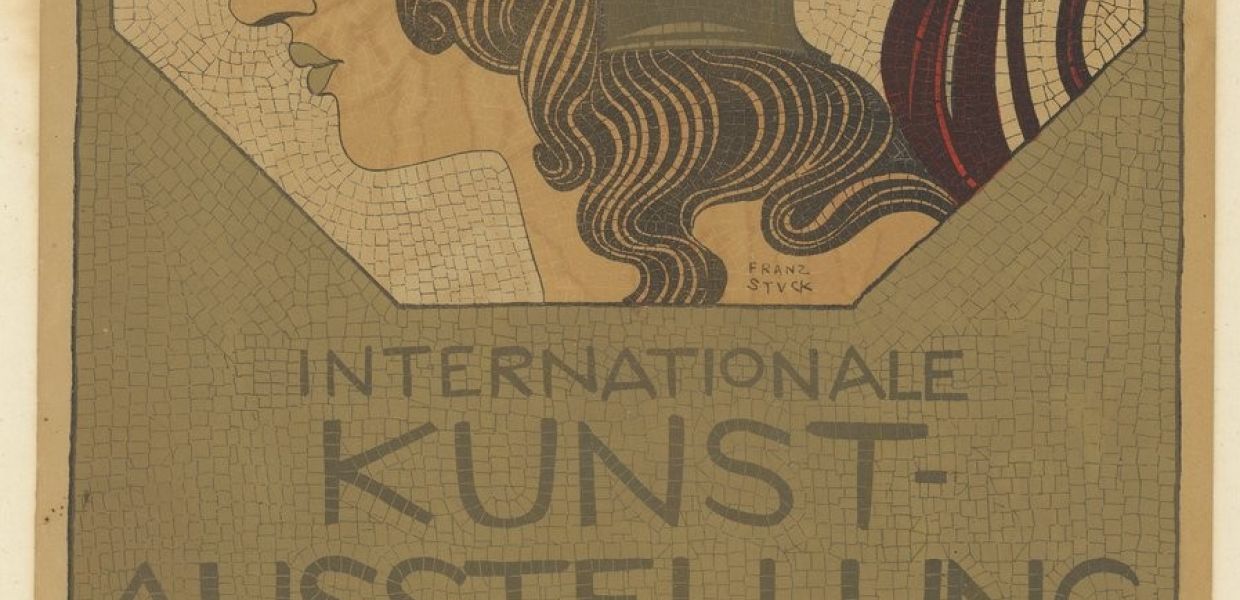Choosing a country's artworks for Europeana 280: Bulgaria

Ministries of culture together with museums and galleries all over Europe have been busy selecting their top artworks for the Europeana 280 collection. Over the next weeks we'll be discovering a little bit more about how and why particular images were selected and the stories behind some of the choices.
Here, Europeana 280's Exhibition Coordinator Ann Maher highlights nominations from Bulgaria. We’ll start sharing the nominated works from each country soon - so stay tuned!
In making their nominations for Europeana 280, several countries have included a treasure from a different country that has taken an interesting route into their own national collections. It’s a reminder that collectors and patrons play a significant role in the world of art and the paintings we can see today on the walls of Europe’s museums and galleries. How did Bulgaria make its selection for Europeana 280?
Bulgaria’s nominations were from several institutions and include contributions to Slavic and European culture with Cyrillic texts and manuscripts from different periods, as well as paintings from the end of the 19th century and 1920s. Elitsa Terzieva, expert at the National Gallery, explains how they came up with a list: “We chose examples that best illustrated different stages of the evolution of Bulgarian art. Also artists that are known and that, at some point, worked abroad.”
Bulgaria’s modern art heritage is relatively recent. After five centuries of being part of the Ottoman or Turkish Empire, Bulgaria gained independence in 1878. When it was newly established, private collectors played a significant role in boosting cultural development. Industrialists and civil servants purchased and displayed work by French, German, Austrian, Italian and English artists. A key collector (and later, donator) was Prince Ferdinand, a sybaritic member of the Saxe-Coburg-Gotha dynasty with members of its clan scattered around the royal courts of Europe. That’s how an iconic work by German symbolist Franz von Stuck came into the collection of the National Art Gallery in Sofia.
Royal donations
The museum provided more details of the provenance: “The painting Lucifer was purchased personally by the Bulgarian Prince Ferdinand I in 1891 for the Royal Collection, when he visited the artist's studio in Munich. On December 25th 1930, the painting was donated by the Bulgarian King Boris III to the National Museum in Sofia and entered its collection. Around 1948 the painting was transferred to the recently founded National Art Gallery, Sofia.”
Franz von Stuck was one of the co-founders of the Munich Secession of 1892 and a teacher at the Munich Academy. His work runs parallel to that of Richard Wagner, Friedrich Nietzsche and Sigmund Freud who were all interested in the desires and anxieties of the human psyche. As an artist, his painting output was not huge, as Elitsa Terzieva pointed out: “Franz von Stuck has produced few works and it's really exceptional to own one.”

International Kunst-Ausstellung Münchens (Secession), Franz Stuck, Bibliothèque nationale de France, PDM. A group of artists split from the Munich Artists’ Association in 1892 and formed a cooperative to promote and defend their art against what they saw as conservative and restrictive attitudes such as firm opposition to impressionism, expressionism, symbolism and other contemporary trends. Franz von Stuk was a co-founder of the Munich Secession. His iconic painting Lucifer has been nominated for Europeana 280 by Bulgaria, as a treasure in their collections.
Expressionist master
A homegrown hero is Vladimir Dimitrov–Maystora (1882-1960), one of Bulgaria’s most renowned artists. Dimitrov studied and graduated from the Fine Arts Academy in Sofia. In his student years he visited Russia and Italy and all its key locations for art – Rome, Florence, Venice and Naples. He was a war painter in both Balkan wars and the First World War, and for a period in the 1920s, was sponsored by the American collector, John Crane. This gave him the financial means to travel widely.
In later years he chose to give away money and possessions, never shaving, becoming vegetarian, and somewhat messianic. He was a delegate to the World Peace Councils in Warsaw, Paris and London from 1948-1950. The Europeana 280 selection, a painting from travels in Istanbul and Syracuse from the National Gallery Sofia, created a stir when it was first exhibited as it showed artistic directions that had not yet been encountered in Bulgarian art.
Dimitrov was at the forefront of a literary and artistic movement in the 1920s and 30s that attempted to create art with pure Bulgarian character with its soul in rural life. Art that was ‘pure, pious and compelling’ according to critic and painter Kiril Tzonev. Also dominant in the interwar period in the 1920s and 1930s was the gradual Europeanization of culture. Kiril Tzonev was part of the Munich-based German modernist realist art movement– Neue Sachlichkeit (new objectivity). His portrait of the painter Eliezer Alshekh is painted in this manner.
We look forward to sharing more insightful art selected for the Europeana 280 campaign soon. In the meantime, follow the conversation on Twitter via #Europeana280.
